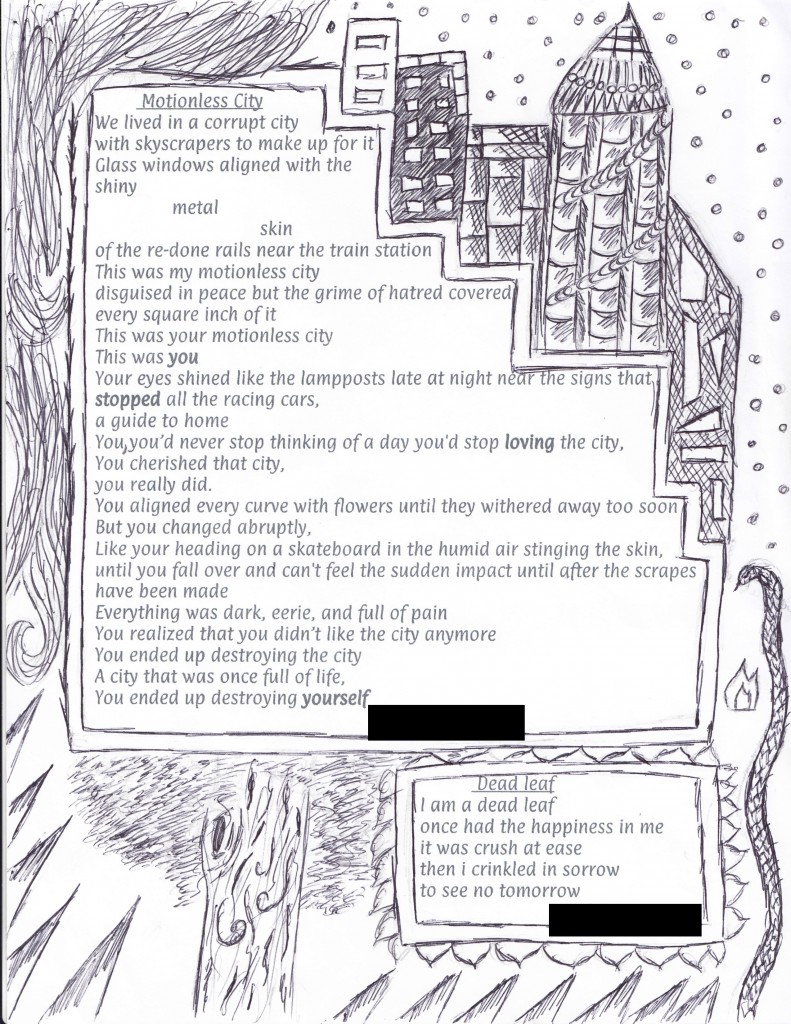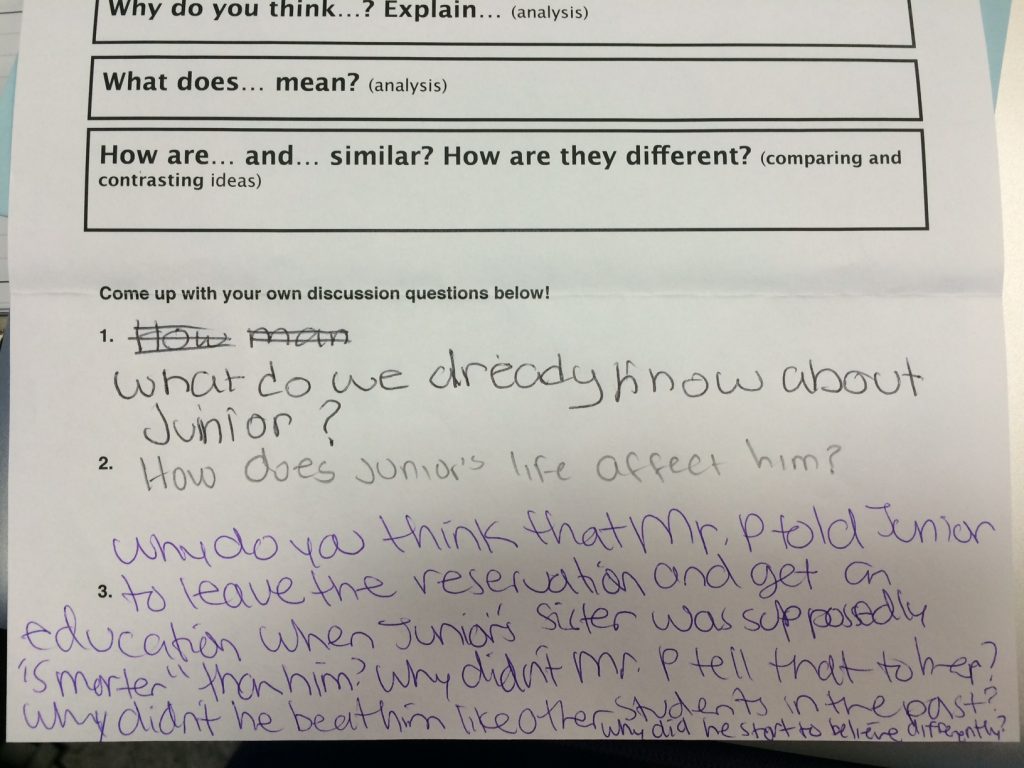Keeping Up With the Highest-Flyer
The 8th grade students at UPCS are an exceptionally diverse bunch—nearly all are English Language Learners, and each student has their own strengths and weaknesses, and their own individual learning styles. Many are on IEPs and 504 plans, and many are already understanding the content at a high school level. Every teacher faces the challenge of providing consistent, high-quality education to every student, meeting each student at their level and differentiating depending on the heterogeneity of the group. While each of my students has challenged me at some point or another throughout this year to individualize my teaching in order to best support their needs, the most surprising challenge has come from a soft-spoken, artistic high-flyer named Eliana.
Eliana is the sort of student who will do everything that is asked of her and more, and who will work well with absolutely anyone. On any low-stakes writing assignment, she will fill at least a full notebook page, with more writing scribbled into the margins. Nearly every time I ask a question of the whole class, she is one of the first to raise her hand—most of the time with a look on her face that says, “please, please, call on me!” She reads practically at a college level, having internalized many of the reading strategies that other students are still beginning to learn, notably the ability to interpret what she is reading as she is reading it. Many of her peers often still have to decode the language before they can delve deeper under the surface. While they are decoding, Eliana is already digging, searching for meaning in the text even before being asked. I would find myself asking questions that were not scaffolded near enough for her peers to answer, and still getting thorough answers from her.
Eliana’s greatest challenge is her confidence level. While she has an incredible thirst to learn and be challenged, which leads her to participate consistently and enthusiastically, she second-guesses herself a significant amount of the time. She has shared with the rest of the class and I that she has been bullied in the past, and because of that has struggled with her self esteem. Though she is incredibly intelligent and usually has thoughtful answers, she very often will stop herself halfway through a thought. Even when I encourage her to finish and elaborate more, she will tell me, “oh, never mind.” She also tends to qualify all of her answers with some version of “but I’m not sure.” In a way, this reminds me a lot of myself as a student—I have always been an eager participant, but it took me a very long time to realize that class discussions are not spaces to show what you’ve learned, but spaces to learn together. Like Eliana, I would often second guess myself and back out of an answer halfway through, instead of putting myself out there fully. While this is a challenge that many middle and high school students face, as it involves a level of vulnerability, Eliana seems to be especially affected by her confidence.
What becomes a constant struggle for me as her classroom teacher is finding a balance—I need to make sure that Eliana is academically challenged and is competing tasks that push her intellectually so that she is truly reaching her potential, but I also need to find ways to do this without diminishing her confidence level. When we have whole group discussions, I try to call on as much of a variety of individuals as I possibly can, but she consistently raises her hand to contribute. I cannot call on her every time, but I also don’t want to skip over her so much that she begins to stop participating or doubt what she has to say.
One of the solutions that I have been working with—while also providing a change in classroom dynamics—has been to have the 8th grade work in small Book Clubs made up of 4-5 students. Students have been strategically grouped based on a survey that they took indicating who they felt they would work the best with and who they should not work with at all. Eliana responded that she would work well with anyone—which shows not only her kindness to others but her desire to take on any situation that comes her way. The three other students in her group are high needs—a lower-level ELL, and two students who struggle academically. Consistently, when I have checked in on their group, Eliana has been coming up with discussion questions and extension activities all on her own for the group to complete together. They have been the most focused and successful group, and often I have found that Eliana’s additions to my activities offer even more of an intellectual push than my original lesson plans.
In many ways, Eliana might be considered “the perfect student.” And yet, there really is no perfect student, as we are all human and all have areas where we could grow. While I feel like some teachers might find that Eliana is easier to teach because of how quickly she picks up material and how driven she is to dive deeper, I find that she challenges me to keep up and find new ways to challenge her even more than she challenges herself. I know that having her work with other students provides her with a good challenge, and helps her to think about the material in a different way. Beyond this, I want to find more ways to help her take her learning even further, and to validate what she already knows so that she can feel confident in her abilities. Ultimately, I am striving to create a classroom where all students—including and especially Eliana—feel comfortable to explore, share, make mistakes, and take on new challenges.


